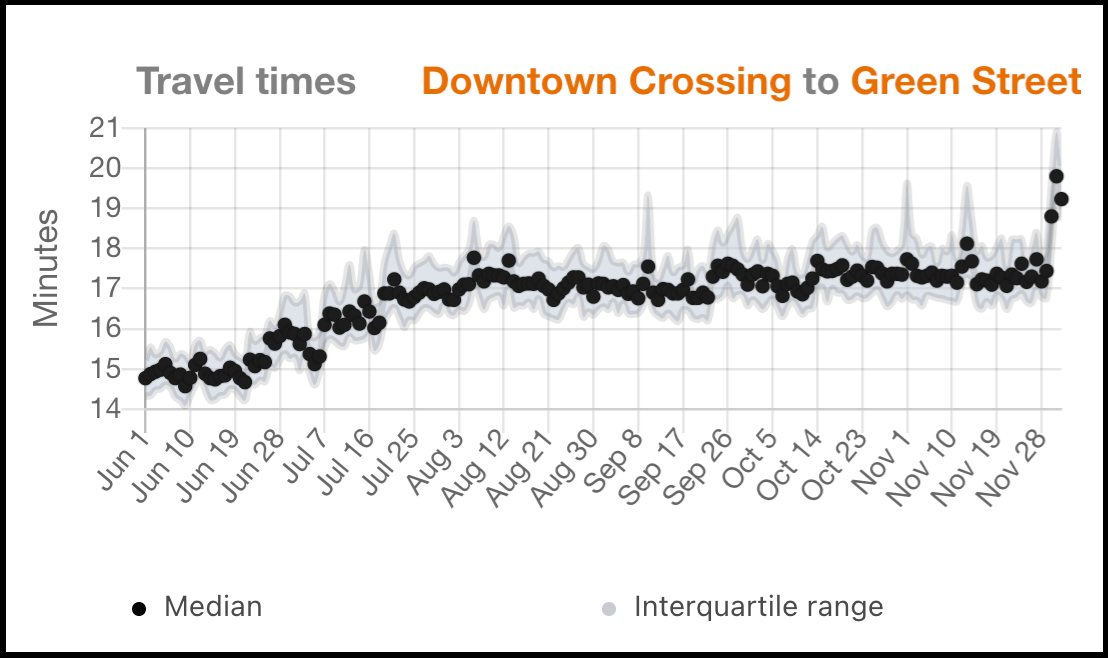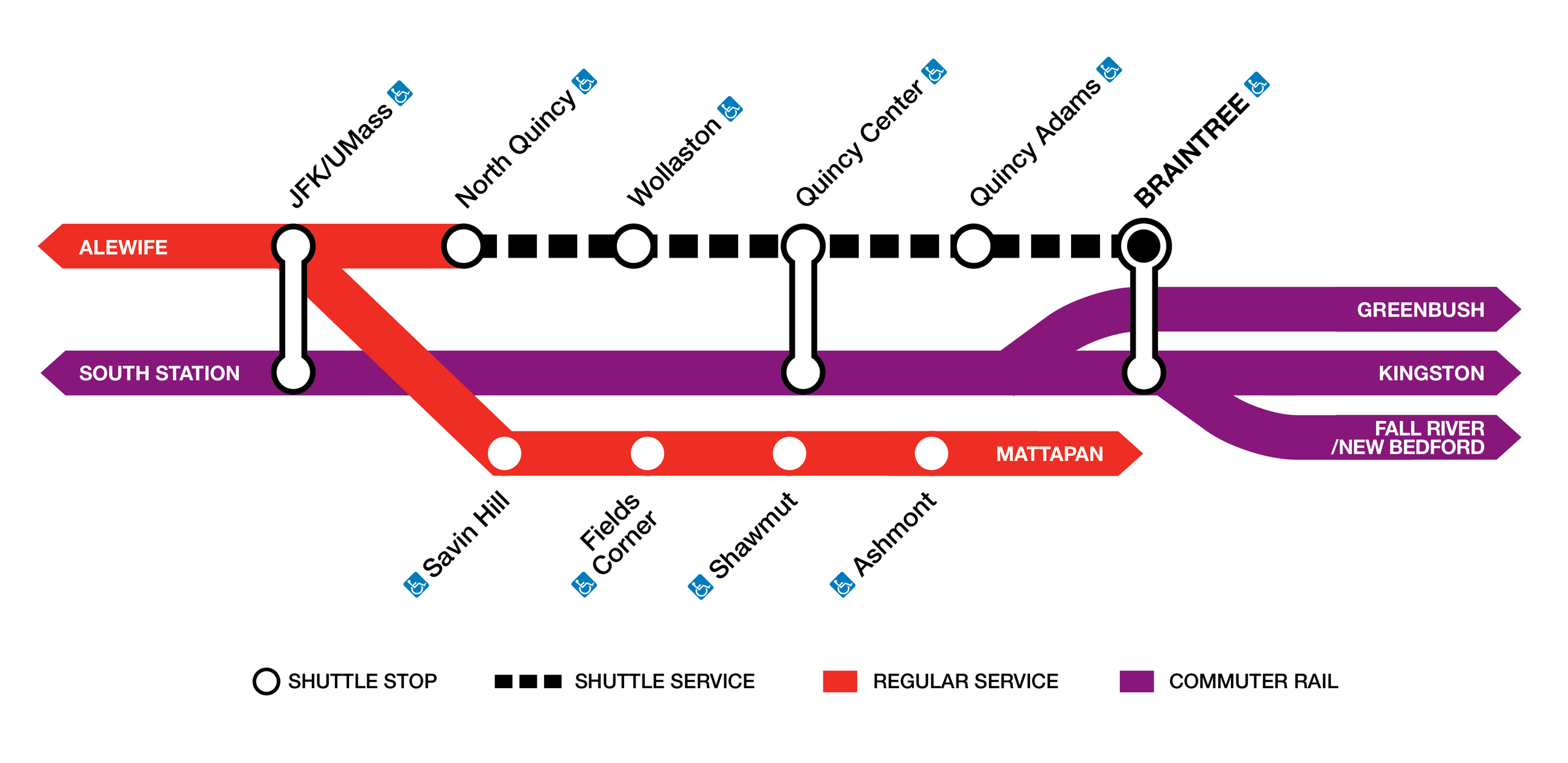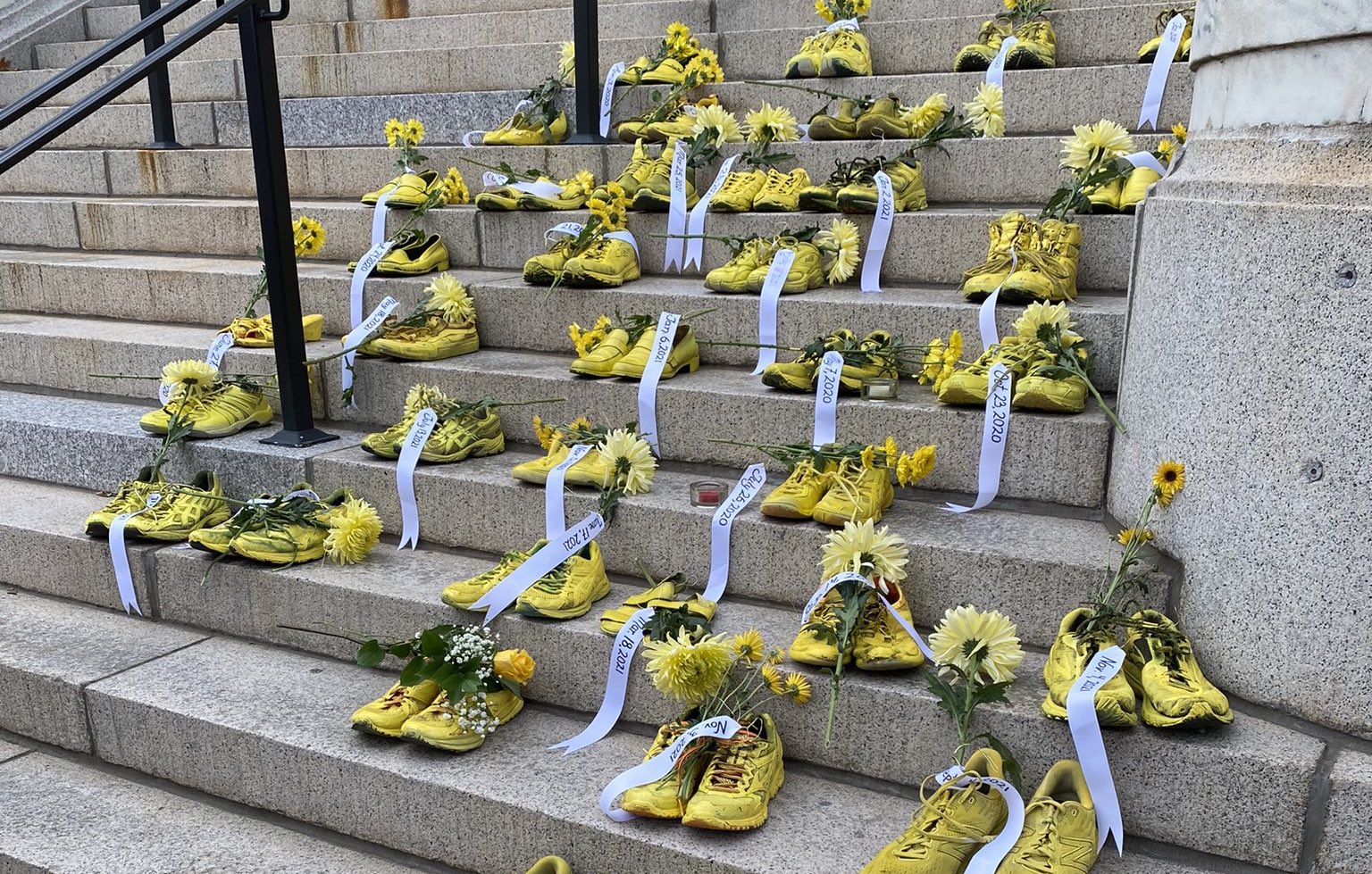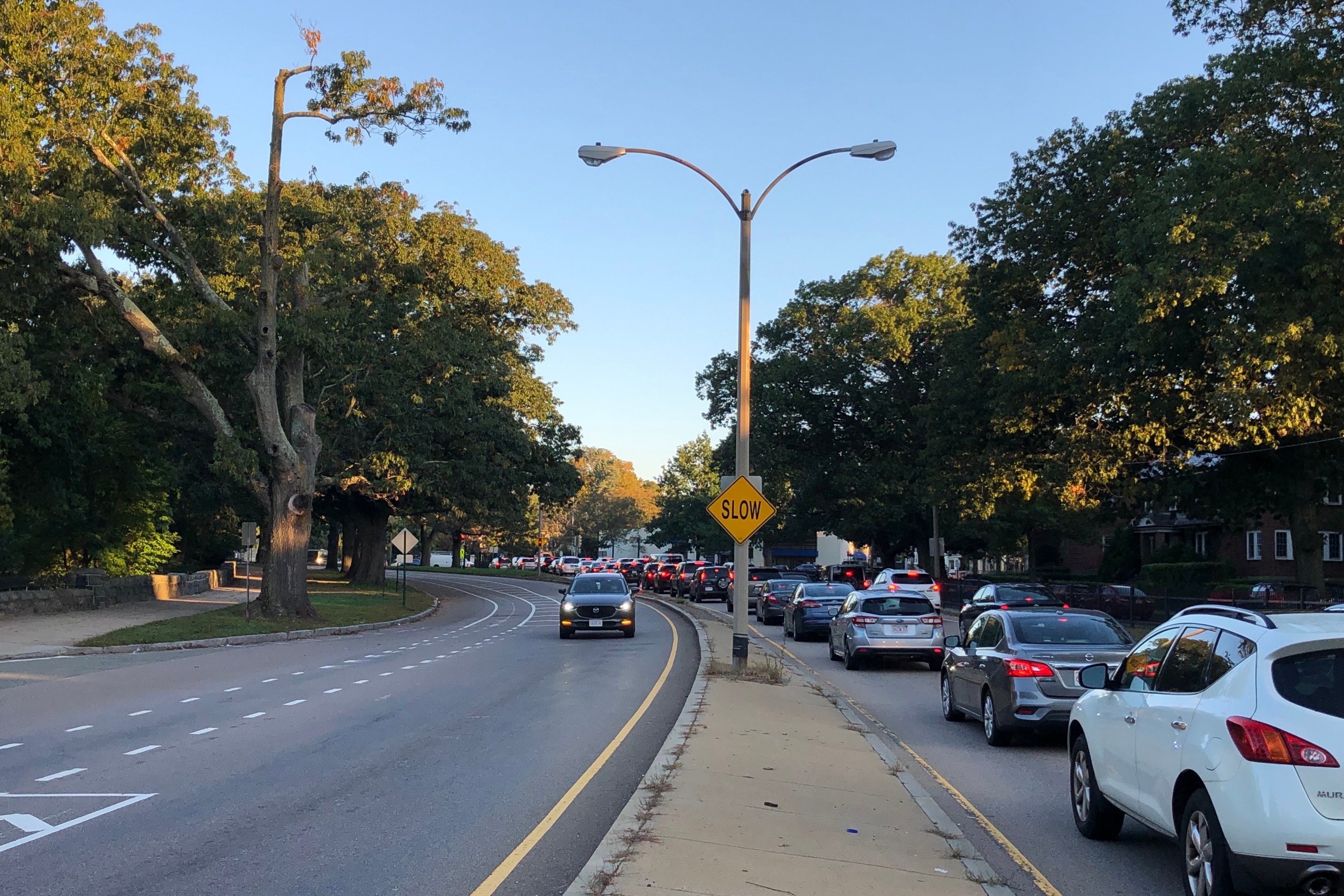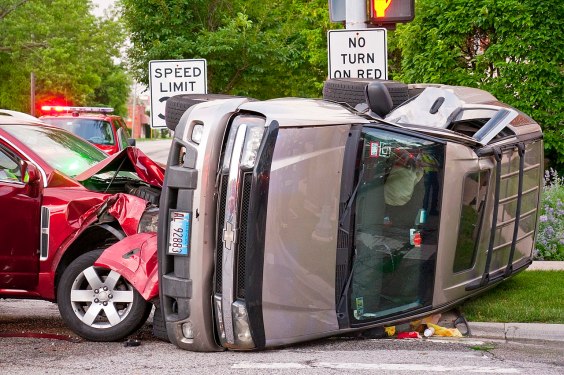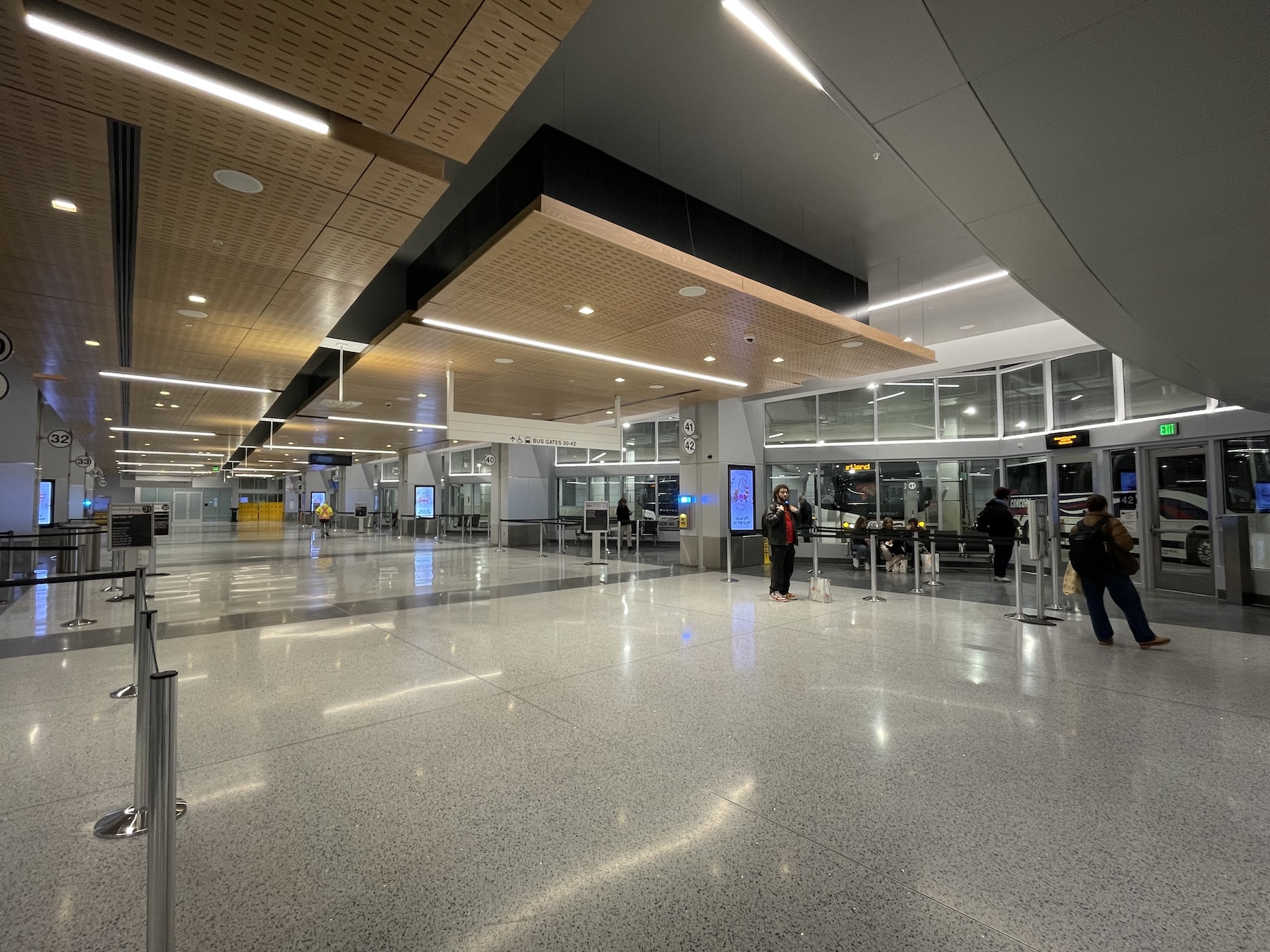Trips on the Orange Line – the second-busiest line on the MBTA system, with over 100,000 daily riders, got even slower this week, as the T implemented yet another speed restriction to compensate for worn-out tracks along the Southwest Corridor between Forest Hills and Downtown Crossing.
We reported on this issue briefly last month, when trains were taking taking about 20 percent longer to run between downtown Boston and Green Street in Jamaica Plain. At the time, an MBTA spokesperson said that “out of an abundance of caution, speed restrictions of 10 mph to 25 mph were implemented in areas where rails need to be upgraded. After workers have completed the process of fabricating new welded rail, track replacement work will be scheduled.”
Since then, however, no track work has been done. The T did recently issue a new Request for Qualifications for engineering consultants that could help them plan a major new "Orange Line Southwest Corridor Modernization" project.
According to the bidding documents, that project would spend roughly $164 million "to establish state of good repair, and reliability of the transit rail systems." But it's still years away from construction: the preliminary design work alone, which won't begin until 2022, is expected to take over a year.
In the meantime, additional speed restrictions are being put in place, including at least one in the past week. Orange Line trips are now 4 to 5 minutes longer between downtown Boston and Forest Hills than they were at the beginning of this summer (see chart above).
According to passenger survey data from CTPS, a regional planning agency, people of color are being disproportionately affected by these delays on this segment of the subway system.
Across the entire MBTA rapid transit network, about 1 in 10 riders are Black, according to pre-pandemic surveys. But 1 in 3 riders who use the Jackson Square Orange Line station are Black, and at the Roxbury Crossing, Ruggles, and Forest Hills stations, 1 in 4 riders are Black.
Even at reduced post-pandemic ridership levels (current total weekday ridership on the subway system is about 50 percent of pre-pandemic volumes), roughly 40,000 riders a day enter the Orange Line through the stations most affected by the recent slowdowns, between Forest Hills and Downtown Crossing.
Five minutes of lost time for every rider adds up to a cumulative loss of over 3,000 hours of wasted time, every weekday.
When asked about the new slow zones, MBTA spokesperson Joe Pesaturo told StreetblogMASS that "while the process of awarding a larger, more comprehensive contract progresses, MBTA staff will ask the Board of Directors to approve an on-call track construction contract for the rapid transit system... Additionally, MBTA Maintenance of Way forces will continue to perform work that is necessary to lift some of the existing speed restrictions."
Pesaturo said that the proposed on-call track contract would be presented at the next MBTA board meeting.
